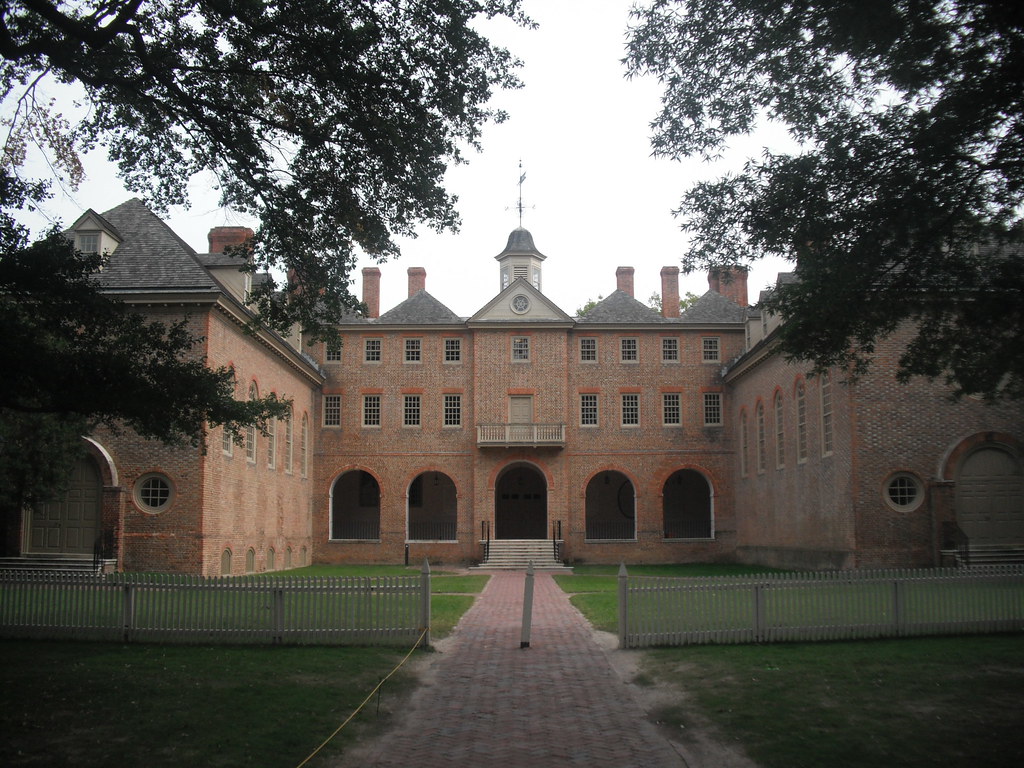I made a passing reference to the Colonial Colleges of the United States recently in King’s College Tract. There are over four thousand colleges and universities in the U.S. that award degrees today. But only nine of them — the so-called Colonial Colleges — acquired a charter before the United States gained independence. So I figured it might be useful to lists those historic nine and plot them on a map.
- New College, 1636 in Massachusetts (now Harvard University)
- The College of William & Mary, 1693, in Virginia
- Collegiate School, 1701 in Connecticut (now Yale University)
- College of New Jersey, 1746 in New Jersey (now Princeton University)
- College of Philadelphia, 1749 (or 1740) in Pennsylvania (now University of Pennsylvania
- King’s College, 1754 in New York (now Columbia University)
- Rhode Island College, 1764 in Rhode Island (now Brown University)
- Queen’s College, 1766 in New Jersey (now Rutgers, The State University of New Jersey)
- Dartmouth College, 1769 in New Hampshire
Caveats
First, the exact order has been subject to heated debate. There is an obvious prestige with an earlier founding. Therefore those dates can vary depending on point of view. And sometimes schools chose to interpret predecessor institutions creatively. The University of Pennsylvania probably has the most controversial date. As noted by Wikipedia.
“Penn began to consider 1749 as its founding date; this year was referenced for over a century, including at the centennial celebration in 1849. In 1899, the board of trustees voted to adjust the founding date earlier again, this time to 1740… to retroactively revise the university’s founding date to appear older than Princeton University, which had been chartered in 1746.”
Second, I plotted the current location for each institution. For example, Columbia University has existed at various Manhattan addresses as noted by Peter. I ignored the previous ones for purposes of this exercise.
The Odd Man and Woman Out

I’ll start by saying I have a ton of respect for the College of William & Mary (map) and the City of Williamsburg. Personally, I know scores of accomplished and successful people who graduated from there. Lots of very smart students attend this extremely selective school. However, Bill and Mary kept falling into the “other” list when I looked at colonial colleges as a set. For example:
- Only William & Mary and Dartmouth didn’t change their original names. Meanwhile, the other seven incorporated University somewhere within theirs.
- Only William & Mary and Princeton retained a reference to
EnglishBritish royalty (well, I guess Dartmouth too… for the Earl of Dartmouth) - Only William & Mary and Rutgers fall outside of the Ivy League. Thus, they are also the only two colonial colleges that are public, not private institutions
- Only William & Mary is a “southern” school. So in spite of being one of the earliest, no other institution of higher education formed in the south before the American Revolution
Additionally, I’ve noticed an odd set of connections between William & Mary and Waste Management, Inc., the trash disposal and recycling company.
- W&M vs. WM
- wm.edu vs. wm.com
- Green, Gold and Silver school colors vs. Green and Gold logo. Seriously, look at some of William & Mary’s deprecated logos and compare them to Waste Management’s logo.
It seemed so odd. Did a William & Mary alumnus found Waste Management or was it just one of life’s strange coincidences?
Completely Unrelated
“Brandon M” sent an email to 12MC a few days ago. He was about to go shopping. So naturally he consulted Google Maps (don’t we all?) before heading towards Towson Place Shopping Center in Towson, Maryland. Then he noticed something unusual. The Google Street View car went down every single aisle in the Center’s massive parking lot. It created one of the most redundant and least efficient set of images imaginable.
Well go ahead and grab the Google Man and see for yourself.
So is this common? I’d not seen something quite like this before. I told Brandon I’d post his discovery on 12MC to see if anyone in the audience could come up with similar situations. Then we can determine if it was an anomaly or something entirely more mundane.

Leave a Reply